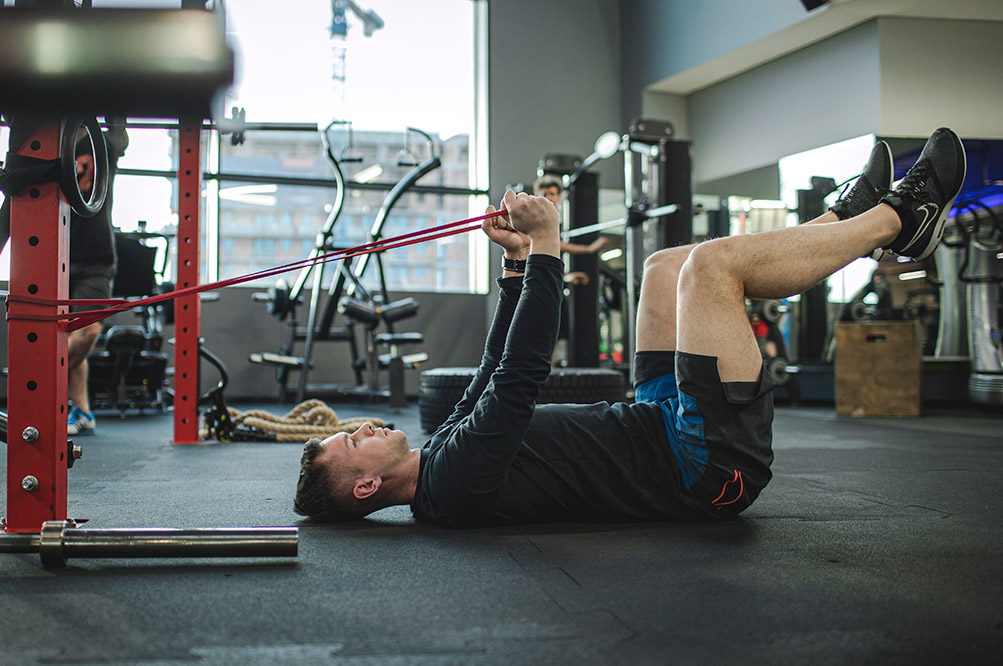
Training in prevention or back pain
Common sedentary lifestyle, incorrect body posture, past injuries, and insufficient comfort in the workplace (e.g. incorrect positioning of a monitor or chair) are the most common causes of back pain.
The lumbar section is critical – it is the most important support for the body, and it is hit by e.g. incorrect position while working at the computer. Hence, pain most often occurs in this area. The cause of the pain is usually mechanical (e.g. from sitting frequently) or due to a lack of physical activity. It can also result from a congenital defect. Regardless of the background, discomfort can be eliminated with appropriate exercises.
Back and abdominal muscles, i.e. core play a key role in supporting the spine, so it is important to strengthen them. However, before you start training, inform the trainer about any injuries or treatments related to the spine. This will help him create an individual training plan with a load that is safe for you.
We adjust the training to your abilities and the type of pain (chronic or acute). The exercises are not complicated and do not require any special skills. In this type of training, accuracy and precision of movement are more important than dizzying pace and large number of repetitions.
Having spinal pain, or want to prevent it?
Make an appointment! The demonstration training is always free!
PREVENTIVE TRAINING AS AN PART OF EVERY ACTIVITY
Preventive training aims to prevent overstrain and injuries. It should not be treated as a separate training unit, but an integral part of the entire training plan. Regardless of what condition you are in and for what purpose you are exercising, you will achieve better results without allowing injuries.
Therefore, our trainers, before developing an individual training plan for you, analyze your current level of fitness and the risk of injuries. Before we go directly to the achievement of your chosen goal, we assess and build basic mobility and stability (including pelvic and joint stabilization, proper neuromuscular control, correct movement patterns).
Functional assessment precedes the commencement of activity and aims (depending on the individual case) to correct body posture, prevent pain or eliminate existing pain, and thus improve life comfort.
Functional training involves not only building muscle mass, increasing strength, speed and endurance. It’s all about reducing the negative effects of a sedentary lifestyle and preventing injuries, while improving fitness and athletic performance.
The inclusion of corrective exercises in the training (e.g. exercises for the spine) does not exclude building a sports form at the same time. The ultimate goal of any exercise is to improve health, body function, and overall quality of life.